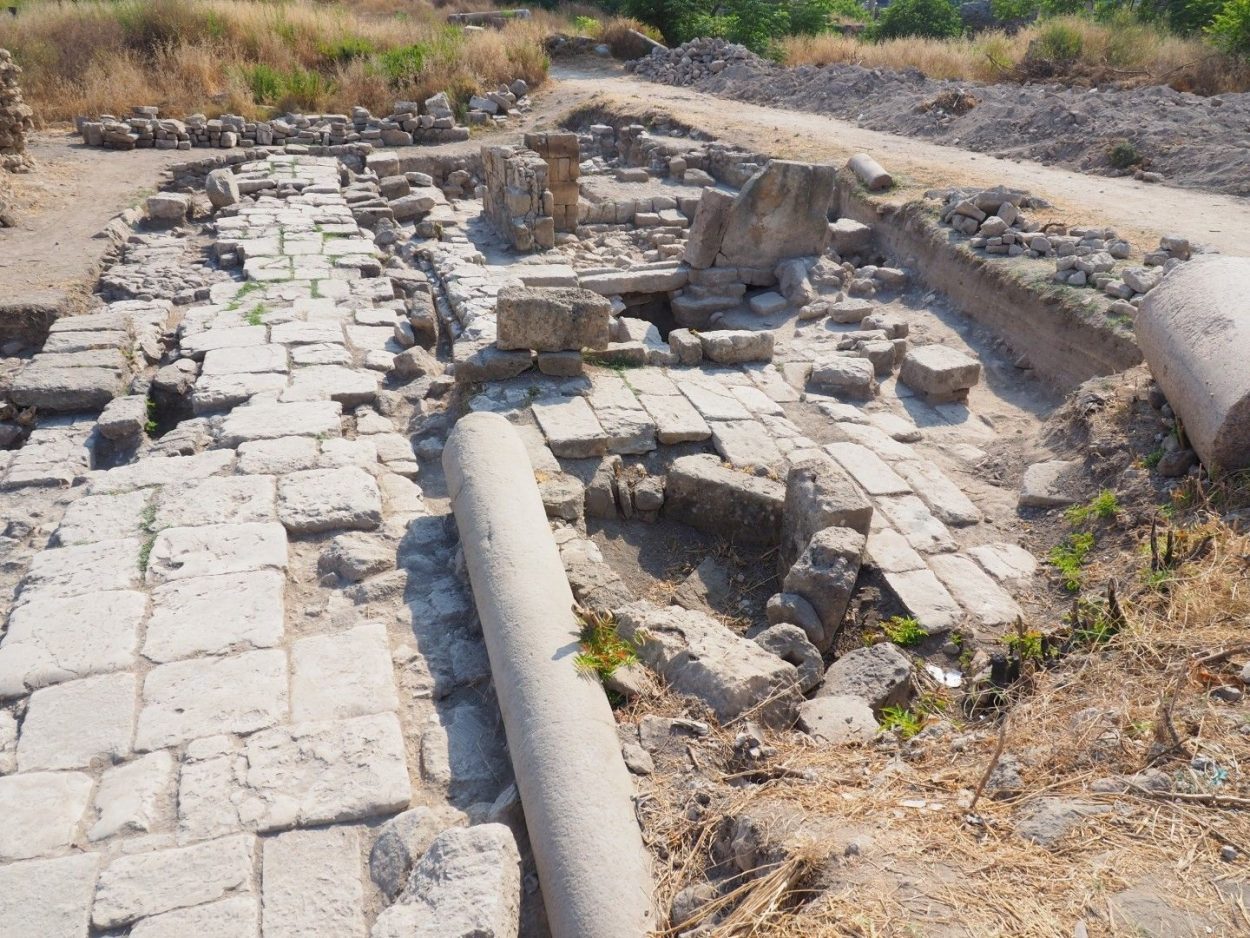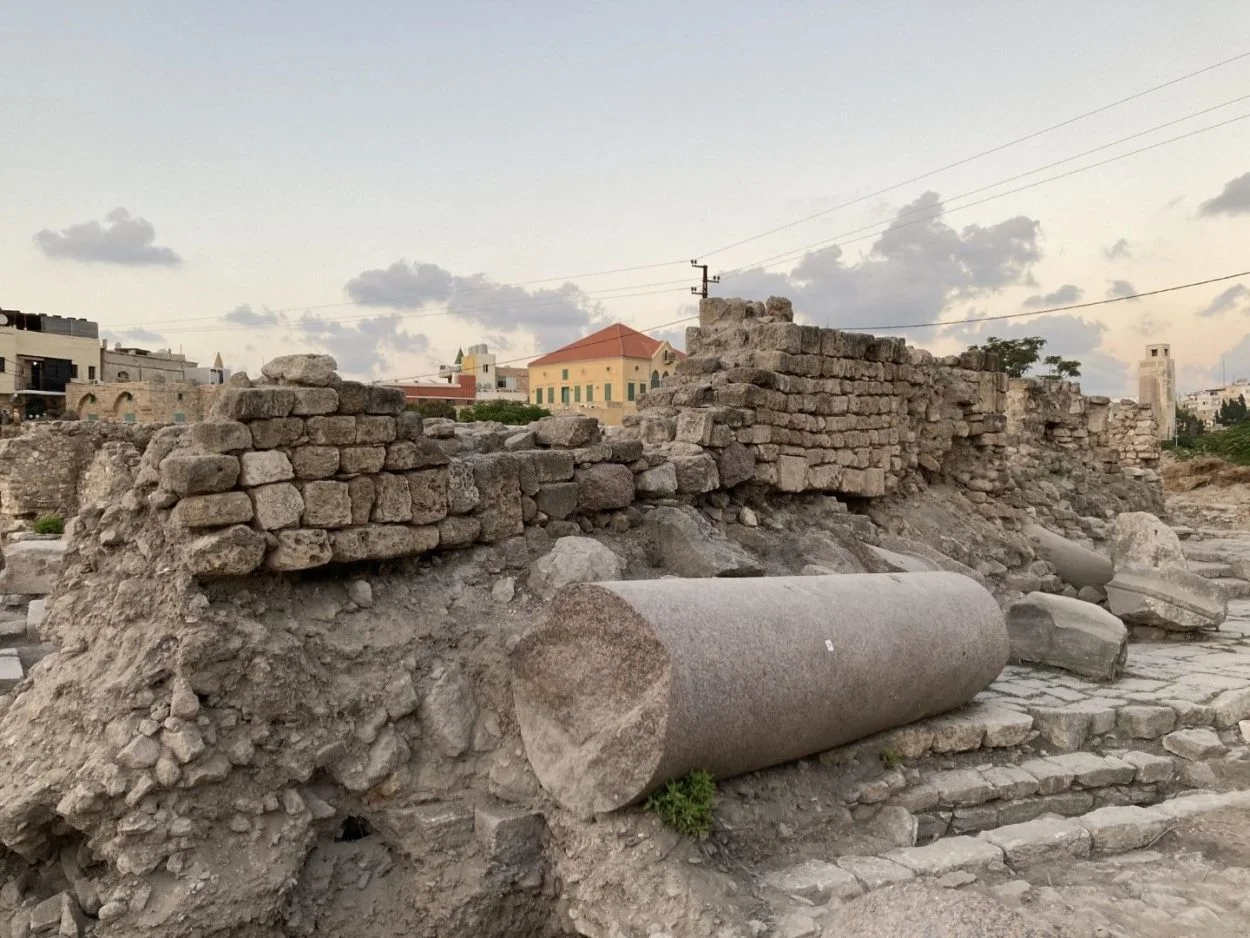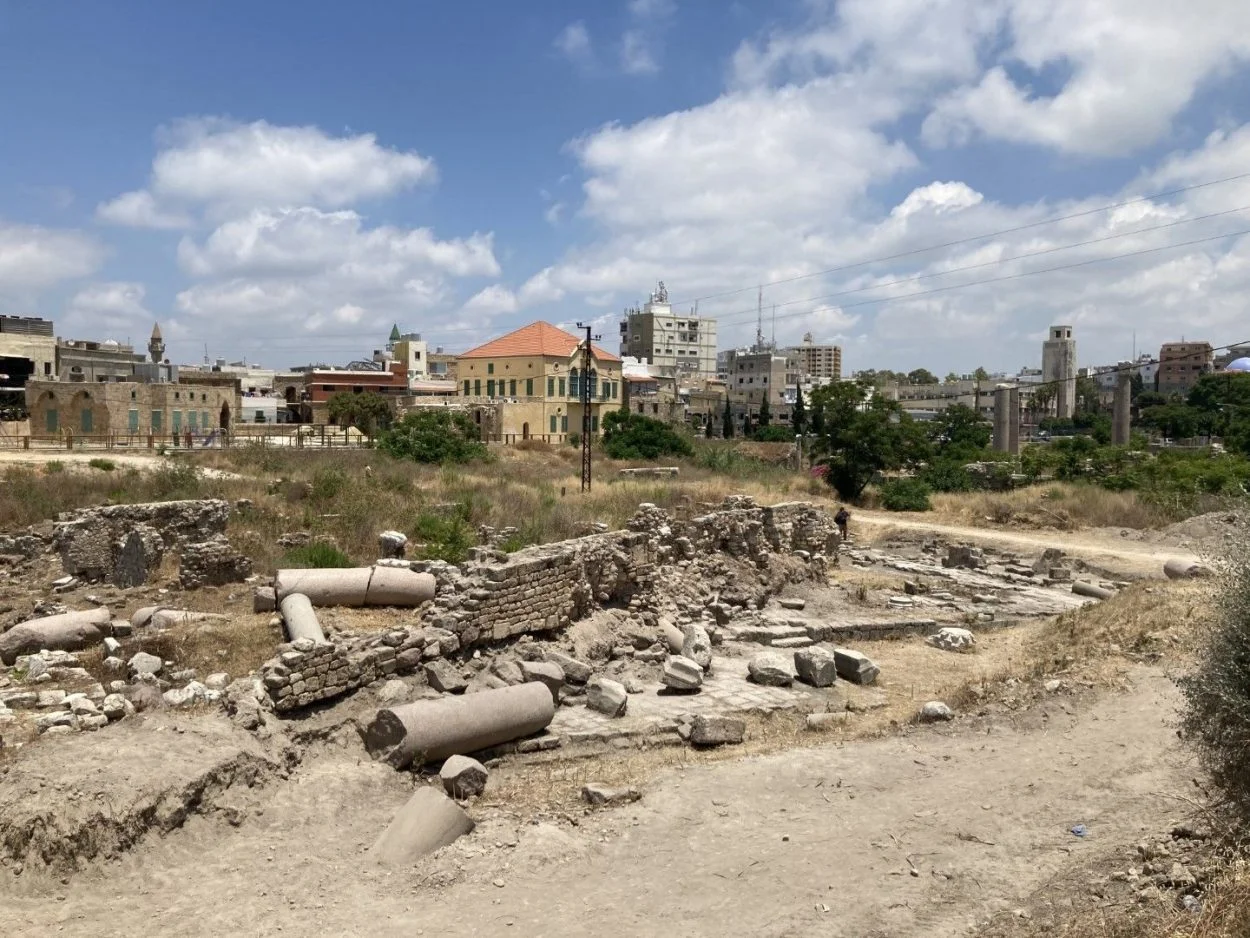An international research team conducting excavations in the city of Tyre has discovered a large Roman temple complex.
Tyre is a complicated archaeological site with uninterrupted settlement as far back as 2750-1700 BC. The city came under the supremacy of the Ancient Egyptians, the Phoenicians, was a tributary kingdom to the Neo-Assyrians and the Neo-Babylonians, was conquered by the Persians and Alexander the Great, before being absorbed into the province of Roman Syria in 64 BC.
Dr. Francisco J. Núñez from the Centre of Mediterranean Archaeology at the University of Warsaw (CAŚ UW) said: “Overlapping architectural remains, traces of natural disasters, rising sea levels, and dynamic urban development in recent decades has made it very confusing to understand the character of ancient architecture at Tyre”
Although Lebanese excavations in Tyre began in the 1960s, most of their documentation was lost in the turmoil of the 1975 civil war. Moreover, much of this work focused on the classical and medieval levels. In the latest series of excavations, archaeologists from Lebanon, Spain, Poland, and Portugal are conducting a study to shed light on the nature, history, and evolution of urbanism on the ancient island of Tyre.

The researchers discovered a temple complex that dates from two periods of construction during the early and late Roman periods. Excavations revealed that the temple has a central rectangular structure that stood on a platform made of massive blocks of limestone and sandstone, and had a vestibule flanked by two columns, and a podium.
The temple and related city area experienced extensive damage and reconstruction in the early Byzantine period. The temple was demolished and covered with a platform, on which a monumental basilica was erected, but later destroyed along with a large part of the city by a tsunami in the 6th century AD.

The researchers have also identified remains from later periods: the Fatimid dynasty, the Crusaders, and the Ottoman.
Work on the site is to be continued next year, where archaeologists will focus on both the temple itself, and the related part of the city. However, their attention is drawn to something more. “There is a second monumental building in the north, perhaps another temple, which we would also like to explore,” says Dr. Núñez.
Header Image Credit : Dr. Francisco J. Núñez





